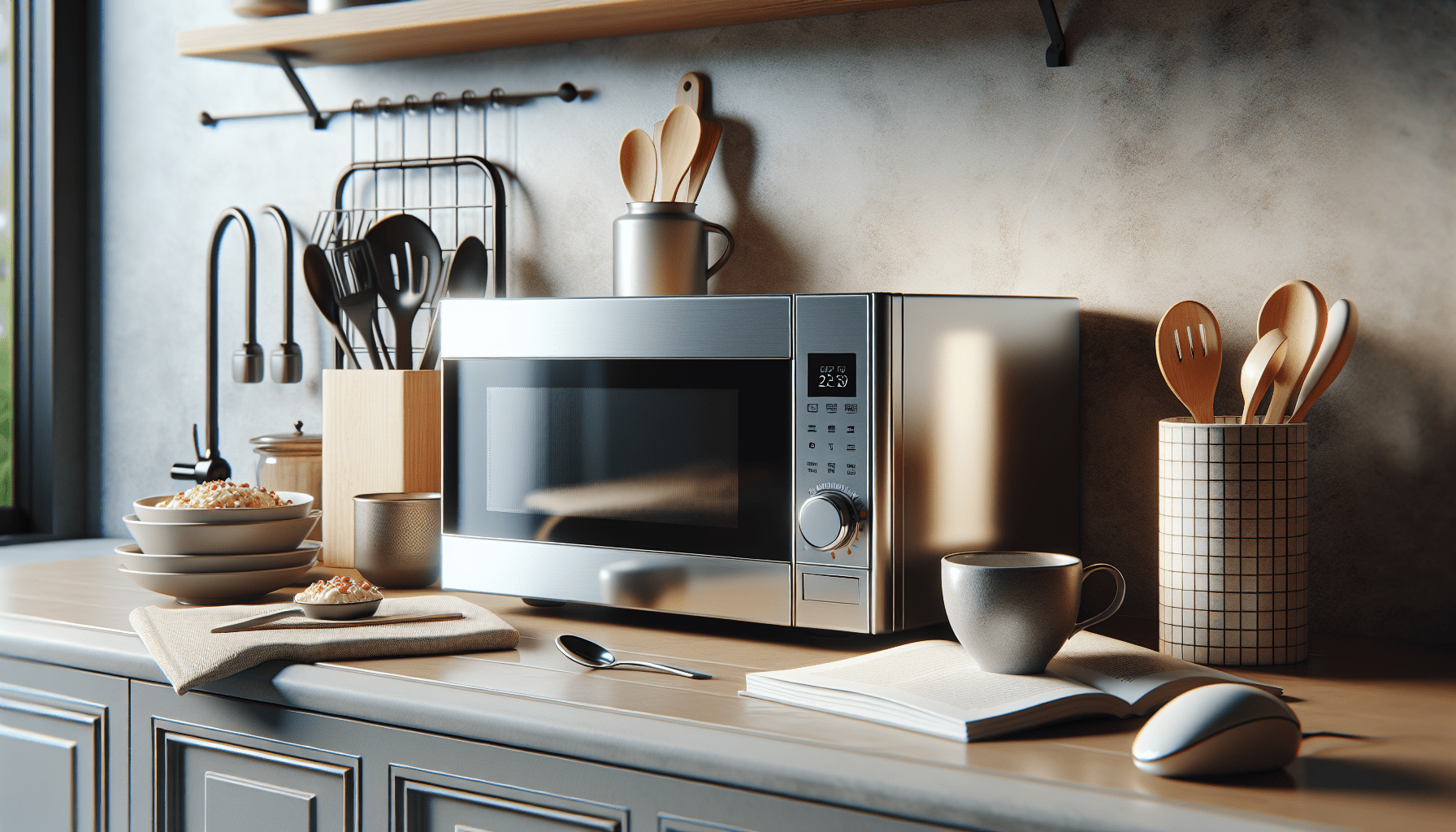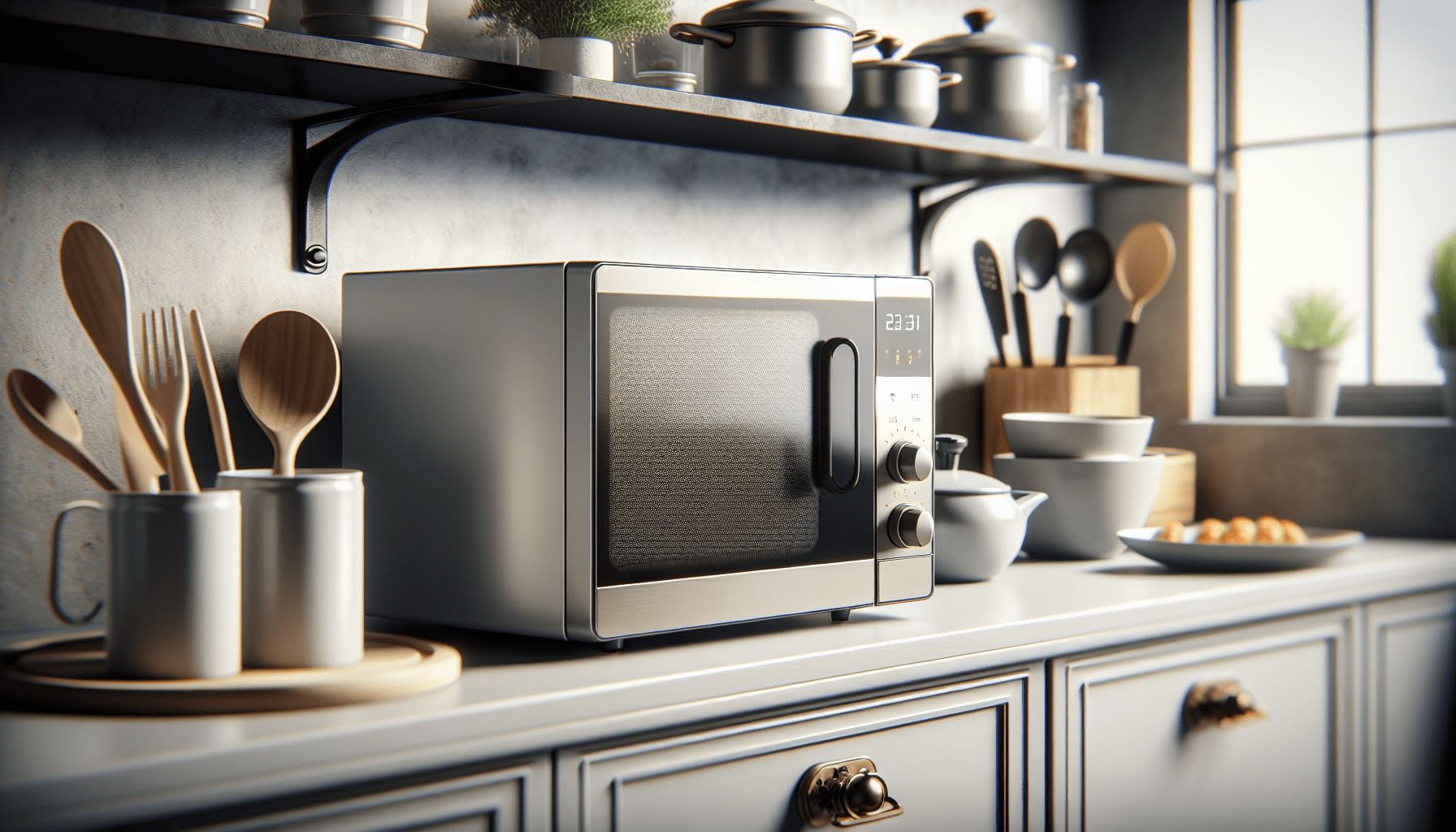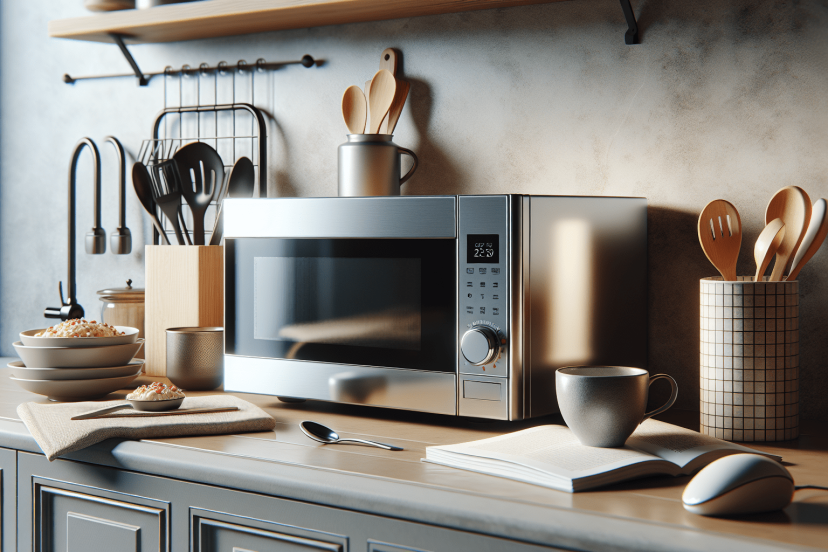Can You Replace A Built-in Microwave With A Countertop Microwave?
So, you’re thinking of making a change in your kitchen and wondering if you can swap out your built-in microwave for a countertop one, huh? Well, you’re in luck because we’re here to shed some light on the subject for you. In this article, we’ll explore whether it’s possible to make the switch and delve into the factors you need to consider before taking the plunge. So, grab a cup of coffee, sit back, and let’s get started on this microwave makeover journey together!
Can You Replace A Built-in Microwave With A Countertop Microwave?
When it comes to kitchen appliances, the microwave is undoubtedly one of the most essential ones. From heating up leftovers to defrosting frozen food, the microwave has become an integral part of our daily lives. But what if you have a built-in microwave and are wondering if you can replace it with a countertop microwave? In this article, we will explore the key differences between built-in and countertop microwaves and provide you with all the information you need to make an informed decision.
Understanding the Difference Between Built-in and Countertop Microwaves
Before we delve into the process of replacing a built-in microwave with a countertop one, it’s important to understand the differences between these two types of microwaves. A built-in microwave, as the name suggests, is specifically designed to be installed into a cabinet or a wall, seamlessly integrating it into your kitchen design. On the other hand, a countertop microwave is a freestanding unit that sits on your kitchen countertop, providing easy access and portability.
Considerations for Replacing a Built-in Microwave with a Countertop Microwave
If you’re considering replacing your built-in microwave with a countertop one, there are a few important factors that you need to consider. These factors include dimensions and space requirements, electrical connections and power, ventilation and exhaust systems, the aesthetic aspect of your kitchen, installation process, and cost considerations. Let’s take a closer look at each of these considerations.

Dimensions and Space Requirements
One of the first things you need to consider when replacing a built-in microwave with a countertop one is the dimensions and space requirements. Built-in microwaves are typically designed to fit seamlessly into a specific cabinet or wall space, and they have specific dimensions that need to be taken into account. Before purchasing a countertop microwave, make sure to measure the available space in your kitchen to ensure that the new microwave will fit properly.
Electrical Connections and Power
Another crucial consideration is the electrical connections and power requirements of your built-in microwave. Built-in microwaves are hardwired into your kitchen’s electrical system, whereas countertop microwaves simply plug into a standard electrical outlet. It’s important to consult with a licensed electrician to ensure that the electrical wiring in your kitchen can support a countertop microwave and make any necessary modifications if required.

Ventilation and Exhaust Systems
Built-in microwaves often have built-in ventilation and exhaust systems that are designed to remove cooking odors, smoke, and steam from your kitchen. Countertop microwaves, on the other hand, do not typically have these ventilation features. If you decide to replace your built-in microwave with a countertop one, you may need to consider alternative ventilation options, such as installing a range hood or a separate exhaust fan, to ensure proper air circulation in your kitchen.
The Aesthetic Aspect
The aesthetic aspect of your kitchen is another important factor to consider when replacing a built-in microwave with a countertop one. Built-in microwaves seamlessly blend into your kitchen design, creating a cohesive and polished look. On the other hand, a countertop microwave may disrupt the aesthetic flow of your kitchen. However, with careful consideration, you can choose a countertop microwave that complements your kitchen decor and maintains a harmonious overall appearance.
Installation Process
The installation process is another consideration that comes into play when replacing a built-in microwave with a countertop one. Built-in microwaves often require professional installation, as they need to be securely mounted into the cabinet or wall. Countertop microwaves, on the other hand, can be easily installed by the homeowner themselves, as they simply need to be placed on a stable countertop surface. This difference in installation process should be taken into account when making your decision.
Cost Considerations
Cost is always an important factor to consider when making any home appliance purchase. Built-in microwaves tend to be more expensive than countertop microwaves due to their specialized design and installation requirements. If you’re on a tight budget, replacing your built-in microwave with a countertop one can be a cost-effective option. However, it’s essential to factor in any additional costs, such as potential modifications to your electrical system or the installation of alternative ventilation options.
Advantages and Disadvantages of Replacing a Built-in Microwave with a Countertop Microwave
Now that we’ve explored the various considerations involved in replacing a built-in microwave with a countertop one, let’s take a look at the advantages and disadvantages of this decision.
Advantages:
- Cost-Effective: Countertop microwaves are generally more affordable than built-in microwaves.
- Easy Installation: Countertop microwaves can be easily installed without the need for professional assistance.
- Portability: Countertop microwaves can be easily moved and relocated if needed.
Disadvantages:
- Aesthetic Disruption: Countertop microwaves may disrupt the aesthetic flow of your kitchen design.
- Limited Space: Countertop microwaves take up valuable countertop space, which can be a constraint in smaller kitchens.
- Alternative Ventilation Solutions: Replacing a built-in microwave with a countertop one may require you to install separate ventilation or exhaust systems.
Conclusion
In conclusion, replacing a built-in microwave with a countertop one is indeed possible, but it requires careful consideration of various factors such as dimensions, electrical connections, ventilation systems, and the overall aesthetic of your kitchen. By weighing the advantages and disadvantages and considering your specific needs and budget, you can make an informed decision that best suits your requirements. Remember to consult with professionals, such as electricians and kitchen designers, as they can provide valuable insights and guidance throughout the decision-making and installation process.




